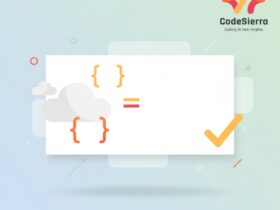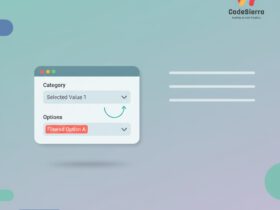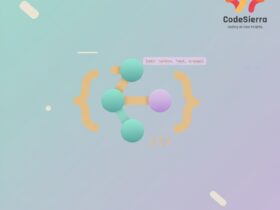Overview
Calculation procedures are the configuration logic used in pricing engines (commonly in SAP SD and other ERP systems) that determine how prices, discounts, surcharges, taxes, and net values are calculated for sales documents. They are a core part of the condition technique — a flexible framework that evaluates a series of condition records (condition types) and combines them according to rules to arrive at the final price. Keywords: Calculation Procedures, condition technique, pricing procedure, condition types, access sequence, pricing engine.
Key components of a calculation procedure
Condition Types: Individual pricing items (e.g., base price, discount, freight, tax). Each condition type represents a rule or value that can affect the final price.
Access Sequences: The search strategy used to find the relevant condition records for a condition type (for example, searching by customer+material, customer, material, or general price list).
Condition Records: The data entries (price, percentage, amount) that the system finds and applies when evaluating a condition type.
Calculation Formula / Requirements: Rules in the procedure that define how each condition type is processed (e.g., percentage calculation, manual enterable, scales).
Subtotal and Control Keys: Subtotals group condition lines and define sequence and how cumulative calculations occur. Control keys set behavior such as whether a condition is statistical, manual, or has a plus/minus sign.
How calculation procedures work (step-by-step)
1) Assign a calculation procedure to document context (sales area, document type, pricing procedure determination). The system determines which calculation procedure to use based on the transaction header.
2) For each line in the pricing procedure, the system evaluates the condition type and uses its access sequence to find matching condition records.
3) When a condition record is found, the system applies the value and any defined calculation (percentage, fixed amount, scale). Control keys and requirement checks determine if the condition is considered.
4) Subtotals accumulate values according to the procedure definition. Taxes and other calculated items may reference subtotals or prior condition lines.
5) Final net price and totals are produced and stored in the sales document. Any manual overrides, scales, or pricing routines (custom code) are applied as defined.
Simple example (conceptual)
The following pseudocode shows a simplified sequence:
// Pseudocode for a pricing procedure
1. CONDITION: BASE_PRICE (search via access sequence -> finds price 100.00)
2. CONDITION: ITEM_DISCOUNT (10% -> applies to BASE_PRICE -> -10.00)
3. SUBTOTAL: ITEM_NET (100 - 10 = 90)
4. CONDITION: FREIGHT (fixed 5.00 -> +5.00)
5. CONDITION: TAX (8% -> applies on ITEM_NET + FREIGHT -> +8.00)
6. FINAL_PRICE = ITEM_NET + FREIGHT + TAX = 103.00
Advanced features and extensibility
Calculation procedures support: scales (volume/amount based pricing), condition exclusion/inclusion logic, pricing procedures for different sales areas or document types, and pricing routines (user exits/BADI) for custom calculations. They can also integrate tax determination, surcharges, and partner-specific conditions.
Best practices
– Keep procedures modular and readable: group related condition types with clear subtotals.
– Minimize custom routines: prefer standard condition types and access sequences where possible to reduce maintenance.
– Document each pricing procedure: include business intent, examples, and edge cases so functional and technical teams can align.
– Test extensively with varying master data (customer, material, price lists) to validate access sequences and condition records.
Why calculation procedures matter
They provide a powerful, configurable way to express complex pricing logic without hard-coding business rules. Properly designed calculation procedures ensure pricing consistency, auditability, and easier maintenance as business rules change.
Further reading
Look for documentation on “condition technique”, “pricing procedure determination”, and system-specific guides (e.g., SAP SD pricing configuration) to dive deeper into implementation details and examples.










Leave a Reply